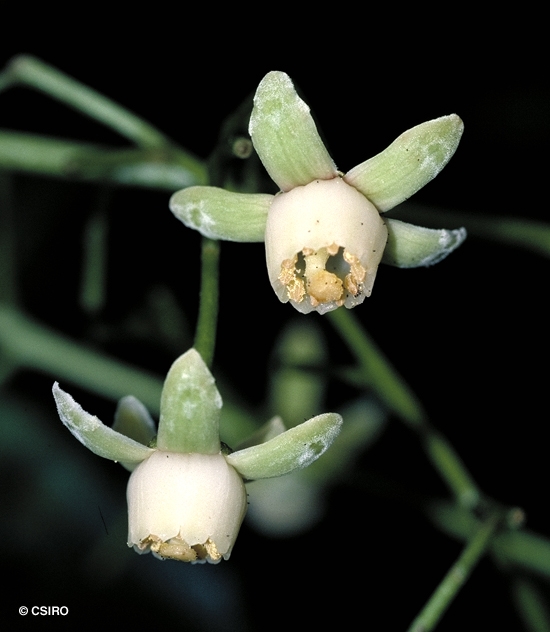Australian Tropical Rainforest Plants - Online edition
Anthocarapa nitidula (Benth.) T.D.Penn. ex Mabb.






Mabberley, D.J. (1986) Blumea 31: 133.
Incensewood; Jimmy Jimmy; Incense Cedar; Bog Onion
Layering visible in both the living and dead bark. Wood and blaze odour like that of incense.
Disk annular or patelliform. Petals about 5-6 mm long, free from the staminal tube. One ovule per locule.
Fruit about 15-20 mm long. Aril or sarcotesta completely enclosing the seed. Cotyledons green.
Occurs in CYP and NEQ, and in south-eastern Queensland and north-eastern New South Wales, but apparently not in CEQ. Altitudinal range in CYP and NEQ from near sea level to 1000 m. Grows in well developed rain forest but tends to be more common in drier or more seasonal rain forest. Also occurs in Malesia, the Solomon Islands, Vanuatu and New Caledonia.
Produces a useful durable timber.
Wood specific gravity 0.80. Cause et al. (1989).





